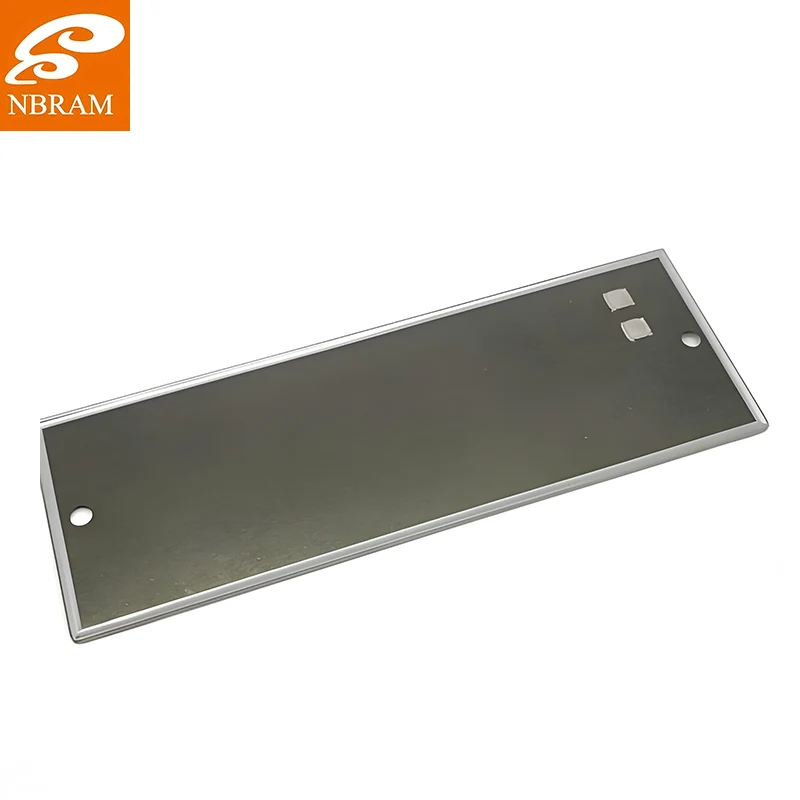I still chuckle remembering this luxury spa project in Hangzhou where the owner insisted on cutting costs with some knock-off heating film. Three months later, I got the panicked call - cold spots everywhere, uneven heating, and guests complaining about the "chilly experience." We ripped out that junk and installed NBRAM's Mica Electric Heating Film. The transformation was instant - perfectly even warmth across the entire floor, energy consumption dropped by 30%, and the spa owner actually started getting compliments about the "luxurious heating." If you're dealing with inconsistent heating or worrying about safety in your underfloor heating system, it's time to source quality product that actually performs as advertised.
You know, after fifteen years in the heating industry, I've seen every type of heating film failure imaginable - delamination, hot spots, cold zones, you name it. Most Mica Electric Heating Film products look great in the brochure but reveal their weaknesses when you actually put them under real operating conditions. NBRAM builds theirs differently - the natural mica substrate provides both excellent thermal conductivity and electrical insulation in a way that polymer-based films simply can't match. It's one of those products where the initial investment pays for itself many times over in energy savings, consistent performance, and not having to explain to customers why their expensive heating system isn't working properly.
Last winter, we worked with this high-end restaurant in Shanghai that was losing customers because their patio heating was completely unreliable. Their existing heating films created hot spots near the walls while leaving the seating areas chilly. We installed NBRAM's Mica Electric Heating Film under the stone pavers and the difference was remarkable - suddenly they had perfectly uniform heating across the entire outdoor dining area. The restaurant manager told me they extended their outdoor season by two months because customers actually enjoyed sitting outside even on cooler evenings. These films have become our go-to solution for underfloor heating, wall panels, mirror defogging systems, and any application where consistent, safe heating directly impacts user comfort and operational efficiency.
During my visit to NBRAM's production line last autumn, what really stood out was their precision in layer deposition. They don't just spray conductive material - each Mica Electric Heating Film undergoes a vacuum deposition process that creates nanometer-thick, perfectly uniform heating elements. I watched their quality team use infrared cameras to scan every square meter of film coming off the production line, checking for even heat distribution that would make most manufacturers blush. Their mica substrate selection process is equally meticulous - they grade each sheet for thermal conductivity and dielectric strength before it even enters production. That's why their films maintain consistent performance where cheaper alternatives develop hot spots and cold zones within months.
Here's what makes these films outperform the competition in real-world applications: operating temperature range from -40°C to 85°C continuous, with surface temperatures reaching up to 60°C depending on application requirements. Power density ranges from 100-300 W/m², allowing customization for everything from gentle background heating to rapid warm-up applications. The Mica Electric Heating Film maintains consistent resistance within ±5% across the entire surface - we've tested samples after two years of continuous operation and they still outperform new films from most other suppliers. Available in standard widths from 300mm to 1000mm, with custom sizes for specialized applications. The layered construction ensures there are no hot spots or weak points that could compromise heating performance or safety.
